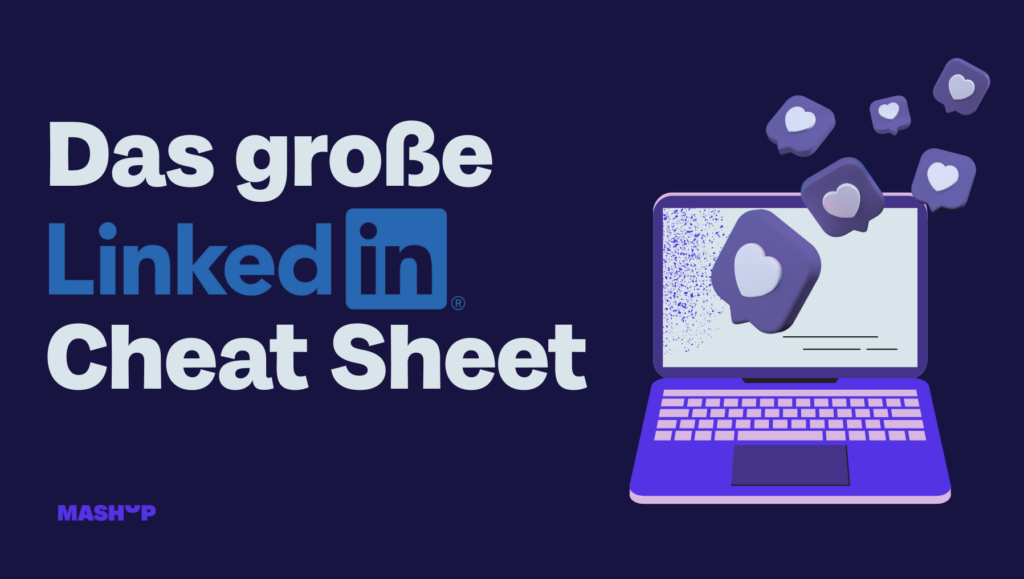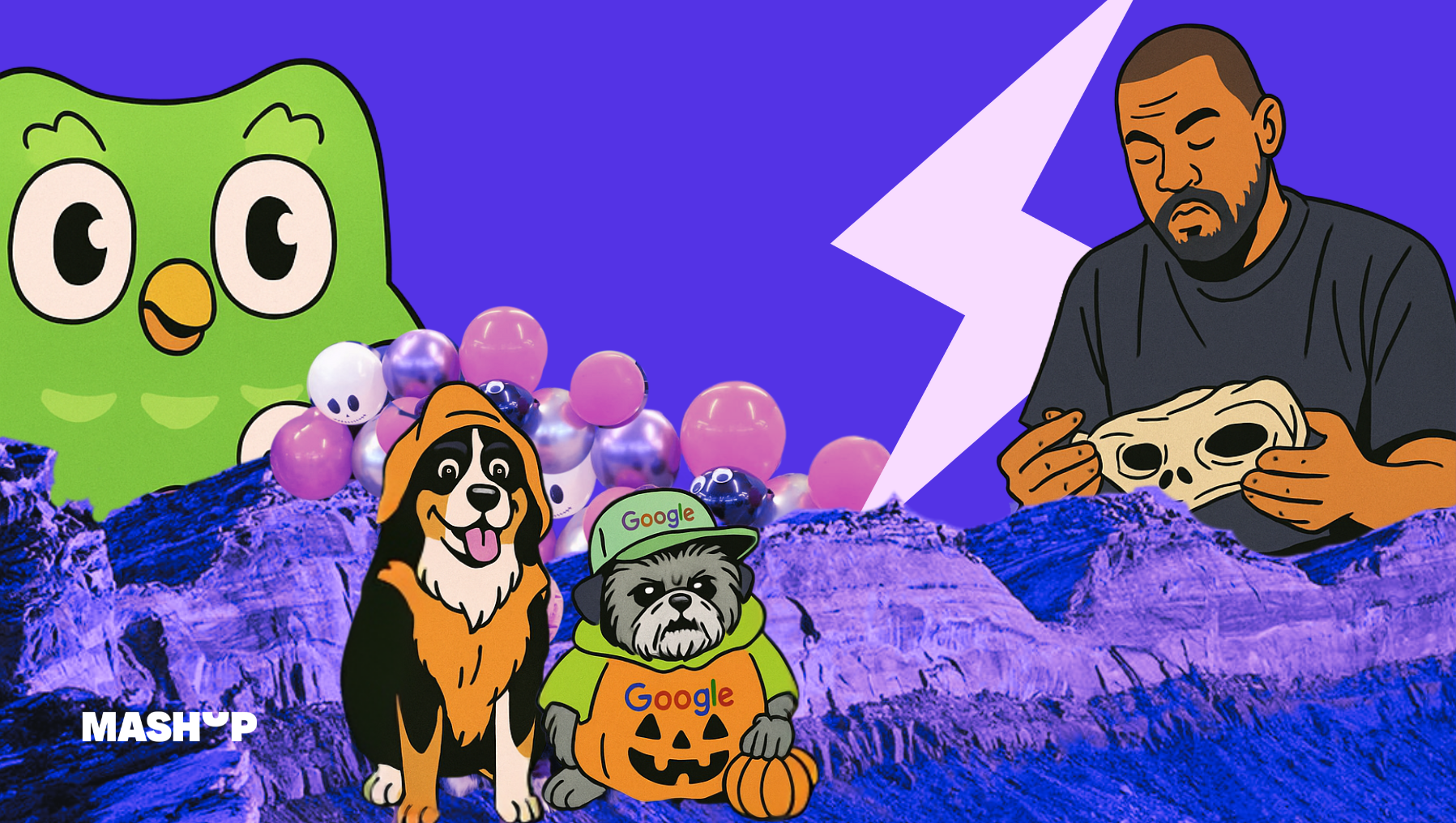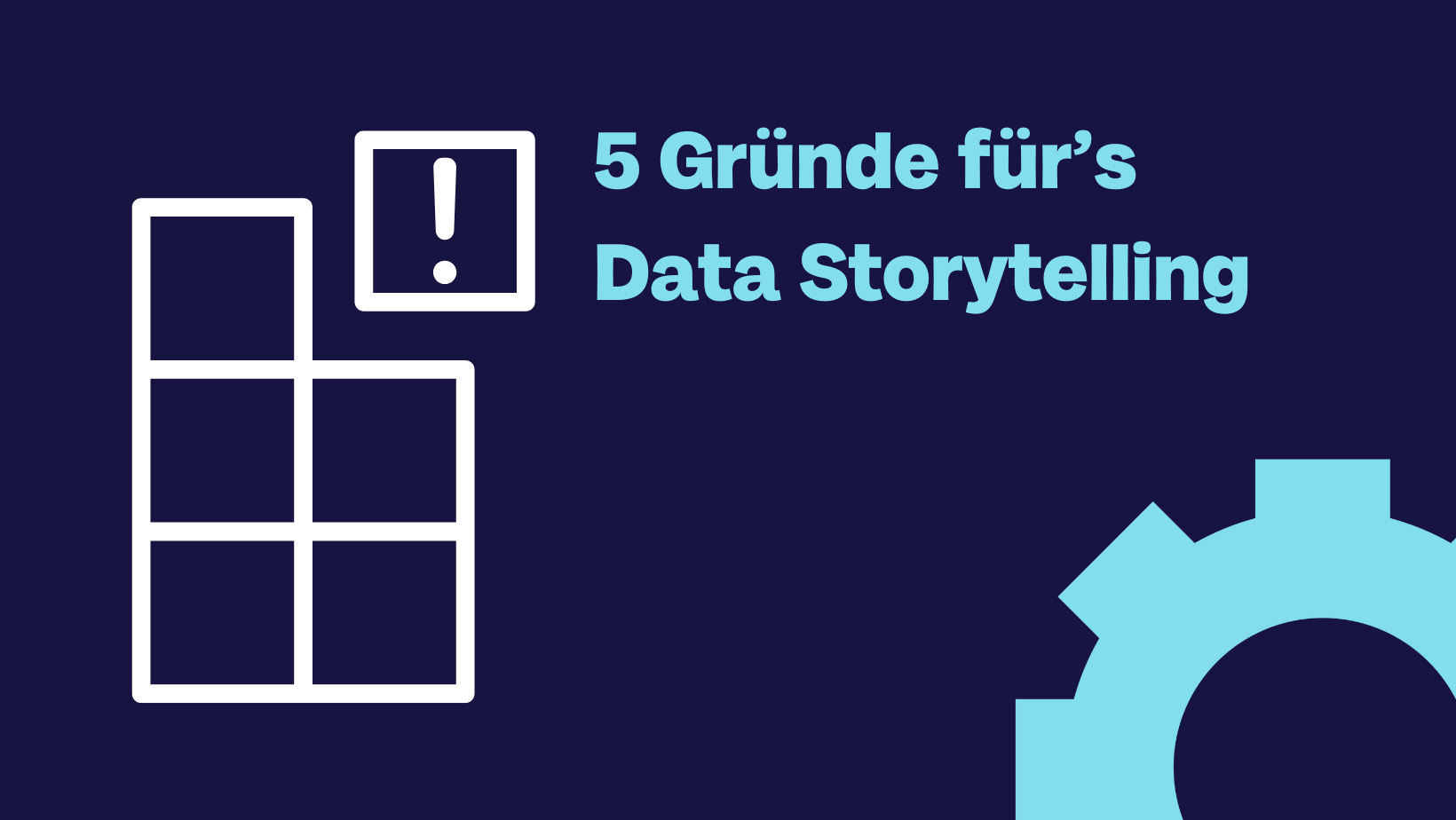5 success factors for employer branding on LinkedIn

What do Google’s office parties, the break-up between Adidas and Ye and spectacular shots of the Grand Canyon have in common?
They are all examples of outstanding employer branding on LinkedIn. Employer brands are no longer created solely through recruiting measures, but through a consistent, credible external image. As the world’s largest business network, with more than 830 million profiles and over 55 million companies, LinkedIn is the key channel par excellence for reaching potential employees, providing insights into everyday working life and building trust.
The figures speak for themselves: three out of four job seekers find out about a company’s employer brand before applying. Almost 60 per cent choose their job on the basis of shared values and 40 per cent would resign if they did not agree with their employer’s stance on important social issues.
Successful brands communicate authentically, pick up on current trends, showcase their corporate culture and emphasise their strengths in a likeable way. They send a clear message that resonates with the target group. So much so that they share, like and comment.
But how do you achieve this?

1. visual content with recognition value
A picture is worth a thousand words, as the saying goes. On LinkedIn, too, the first impression often decides whether a post is noticed or wiped away. High-quality, emotional or unusual visuals attract attention almost automatically. But it doesn’t always have to be glossy images. Spontaneous smartphone snapshots or creatively designed carousels with strong image motifs also create a presence in the feed.
Oatly shows how this works with a post about the pop-up store in Paris. The motifs appear raw, genuine and therefore so approachable – a direct hit in the current zeitgeist. Patagonia also demonstrates a sure instinct for visual storytelling on #GivingTuesday. With impressive shots of nature, the brand manages to make users pause for a moment and at the same time launch an appeal for donations for the clothing brand’s non-profit partners.
Klicken Sie auf den unteren Button, um den Inhalt von www.linkedin.com zu laden.
2. value-orientated communication
Few brands are as masterful as Patagonia at making their values tangible in every communicative move. This was demonstrated not least by a post from 2022, in which it was announced that founder Yvon Chouinard was giving the company away – in the spirit of his lifelong commitment to protecting our planet. A moment that unites everything Patagonia stands for. Chouinard’s reputation as a non-conformist, the consistently environmentally conscious brand identity and the courage to make radical decisions public – that is an attitude that inspires. The result: over 15,000 reposts and almost 2,200 comments.
Find out more about the exciting love brand Patagonia here.
People want to identify with their employer. Contributions that clearly and credibly communicate what a brand stands for not only create visibility, but also relevance. Examples such as the high-profile separation of Adidas and Ye or the numerous campaigns to strengthen democratic values around the last federal election show this: Attitude works. But only if it is genuine. As with rainbow flags, which are unpacked by some companies as a performative act solely for Pride Month, otherwise the impression of pure symbolic politics is quickly created. Authenticity is not a campaign element, but must run like a red thread through the entire brand communication.
Klicken Sie auf den unteren Button, um den Inhalt von www.linkedin.com zu laden.
Tipp: LinkedIn bietet mit dem Feature „Commitments“ zudem eine zusätzliche Möglichkeit, Werte wie Diversität, Nachhaltigkeit oder Weiterentwicklung direkt auf dem Unternehmensprofil sichtbar zu machen.
3. insights into the corporate culture
If you want your company to be perceived as an attractive place to work, you have to make this visible. Authentic insights into everyday working life, team dynamics and an active corporate culture are what applicants are really looking for today.
Google is leading the way: The tech giant regularly shares behind-the-scenes impressions of its employees under the hashtag #LifeAtGoogle. Posts about four-legged team members, such as at the dog- and costume-friendly Halloween party or simply a few snapshots of your favourite feel-good managers, are particularly popular.
Team activities, events, volunteer work or celebrations. If you want to appear authentic on LinkedIn, it is best to put real stories at the centre. With the ‘Day in the Life’ series, the HR software Personio shows the day-to-day work of various employees in different positions. This creates closeness, makes tasks tangible and helps interested parties to recognise themselves in the company.
Klicken Sie auf den unteren Button, um den Inhalt von www.linkedin.com zu laden.
Tip: Involving employees pays off! Whether as a testimonial, with a personal quote or a short story – the more genuine the insight, the more credible the effect. The corporate influencer concept can also be a valuable lever here if it suits the brand and is implemented with freedom.
In this article, we explain how you can turn employees into brand ambassadors and what else is important when it comes to corporate influencers.
4. trends and current events
Whether it’s the Football World Cup, public holidays or international anniversaries – topics that generate attention anyway can be meaningfully integrated into your own communication. The decisive factor is a credible connection to the brand, not simply ‘jumping on the trend’. A successful example: Duo, the green owl of the language learning app Duolingo, simply invited itself to LinkedIn’s birthday and filmed a trendy reel. Cross promotion at its best!
Klicken Sie auf den unteren Button, um den Inhalt von www.linkedin.com zu laden.
You can find out more about Duolingo’s hero’s journey here.
5. helpful content for job seekers
Hand on heart: job hunting can be overwhelming. Who am I? Where do I want to go? And does it even suit me? Brands that pick people up at precisely this point and give them guidance gain sympathy and, in the best case, new talent.
The Woke Salaryman provides a successful example. With charming comics and an illustrated decision-making aid on the question ‘Should I stay with my current employer?’, the company strikes a chord with its target group – entertaining, reflective and totally relatable.
Klicken Sie auf den unteren Button, um den Inhalt von www.linkedin.com zu laden.
The Boston Consulting Group also understands how to score points as a helper at eye level. A guide with the most important questions for job interviews demonstrates expertise and builds trust. A practical side effect for employer branding: the article links directly to the company’s own careers page.
Conclusion: Employer branding on LinkedIn is a must
Building a strong employer brand on LinkedIn takes time, intuition and, above all, value-based storytelling. It is not always easy to take the first step – especially in an environment that is constantly changing and where authenticity has become the most important currency.
Perfection is not the goal. It’s about getting started, sticking with it and positioning yourself step by step as a relevant, transparent and trustworthy employer. Brands that listen, share, inspire and dare to be approachable create what no careers page text can ever achieve: Trust. And that is precisely the decisive competitive advantage in the battle for talent today.
Every beginning is hard, we know that! In the online course ‘Storytelling in Employer Branding’, we show you how to find the right stories with storytelling and tell them credibly. Take a look, it’s worth it!
Share this article








